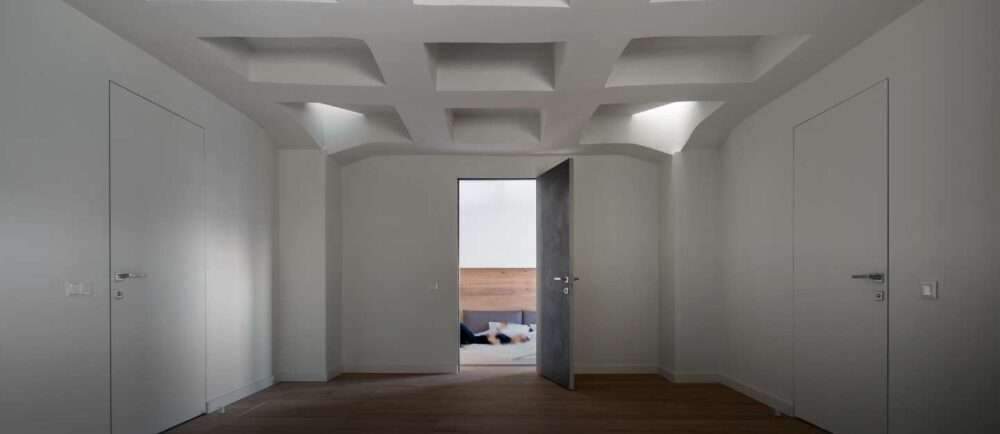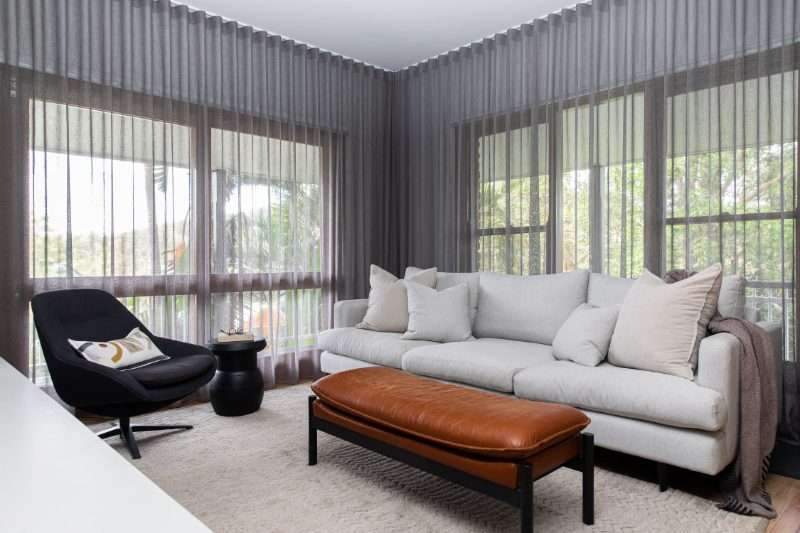The trend of flat and simple roofs has subsided, as people nowadays look for products that make the typical flat roof look attractive but at a lower cost.
So, with the recent rise in suspended ceilings, it has become easier for people to decorate office spaces, commercial complexes, residential complexes or theaters.
What are false ceilings?
False ceilings are often secondary ceilings that are suspended below the main ceiling by suspension wires or trusses.
These ceilings are manufactured from a wide range of materials such as POP (Plaster of Paris), gypsum boards, asbestos boards, particle boards,
And aluminum panels – wood, etc., also known as drop ceiling or suspended ceiling.

General benefits of false ceiling
The general advantage that everyone knows is that it improves the aesthetic appearance and suits interior spaces. There are also many benefits provided by the false ceiling, including:
Hides ducts and other structural elements that hinder the beauty of the room.
Acts as a heat insulator.
It acts as a sound barrier by reducing echo problems (especially in theatres, conference rooms, auditoriums, etc.).
Acts as an antimicrobial ingredient (especially needed in healthcare centres, hospitals and clinics).
False ceiling can also act as a fire break if the material used to make the ceiling tiles is mineral fiber or fire-resistant shingles.
The remaining space between the studs and ceiling tiles acts as a conduit that carries all the wiring and hidden lighting system.
Advantages and disadvantages of false ceiling
Advantages of false ceiling
It is very easy to install a false ceiling with the help of the right kind of tools and skilled professionals.
False ceilings provide smooth surfaces and cover undulations in concrete slabs, etc.
It is also economical and flexible in design
A suspended ceiling hides ductwork, pipes and electrical wires, giving the ceiling a clean, finished look.
It is good for sound absorption and sound absorption
In case of repair, it is easy to rearrange the boards or repair the gypsum boards
Disadvantages of false ceiling
A false ceiling reduces the height of a room by several inches or feet.
In the event of natural disasters, the false roof may prove unstable.

Classifications of false ceiling based on materials
The classification is entirely based on 3 criteria:
Place of application
The necessary atmosphere
Economy available
The most commonly used false ceiling materials are as follows:
Gypsum board ceiling
Gypsum is the most commonly used false ceiling material, and panels come with either tapered or square edges.
Gypsum boards can be easily installed either by nailing them directly to the seams or other plain surfaces or placing them on a galvanized iron metal mesh.
Gypsum boards come in standard sizes of 6 feet x 4 feet and 8 feet x 4 feet.
Types of gypsum boards
Ordinary gypsum board
Fire resistant gypsum boards
Moisture resistant gypsum boards
Fire and moisture resistant gypsum boards
Advantages of gypsum board
very lite
Flexible in design and construction
Good sound and heat resistant
Fire and moisture resistant
Various shapes and custom designs are allowed.
Suspended ceiling grid
Grid false ceiling is one of the most common types of false ceiling used in commercial office spaces.
This type of ceiling is suitable for a wide range of applications and is ideal for hidden wiring. These metal roof panels are mounted on either T-shaped steel sections or cross sections and then suspended by bars.
Types of grid ceiling materials
Mineral fiber mesh ceiling
Metal grid ceiling
Grid roof features
Easy to install and easy to maintain, tiles can be replaced with little or no effort
Grid ceilings are economical
Easy to maintain as you can remove the ceiling tiles whenever you want
They have harmonious designs
The grid ceiling has very good sound insulation capabilities
The general size used is 600 x 600mm but it is available in other sizes as well like 300mm x 1200mm etc.,

Plaster of Paris (POP) ceiling or Murga Jaali ceiling
Plaster of Paris is the most widely used false ceiling material, as it is the cheapest of all false ceiling materials.
The POP is mixed with water and applied to the fiberboard or wood base that is suspended to form the ceiling. Requires artistic workmanship.
Pop features:
The surface can be painted and customized
Easy to build
Lightweight
Thickness- 12-15 mm
Price depends on the design style
Everything you need to know about home exterior design










